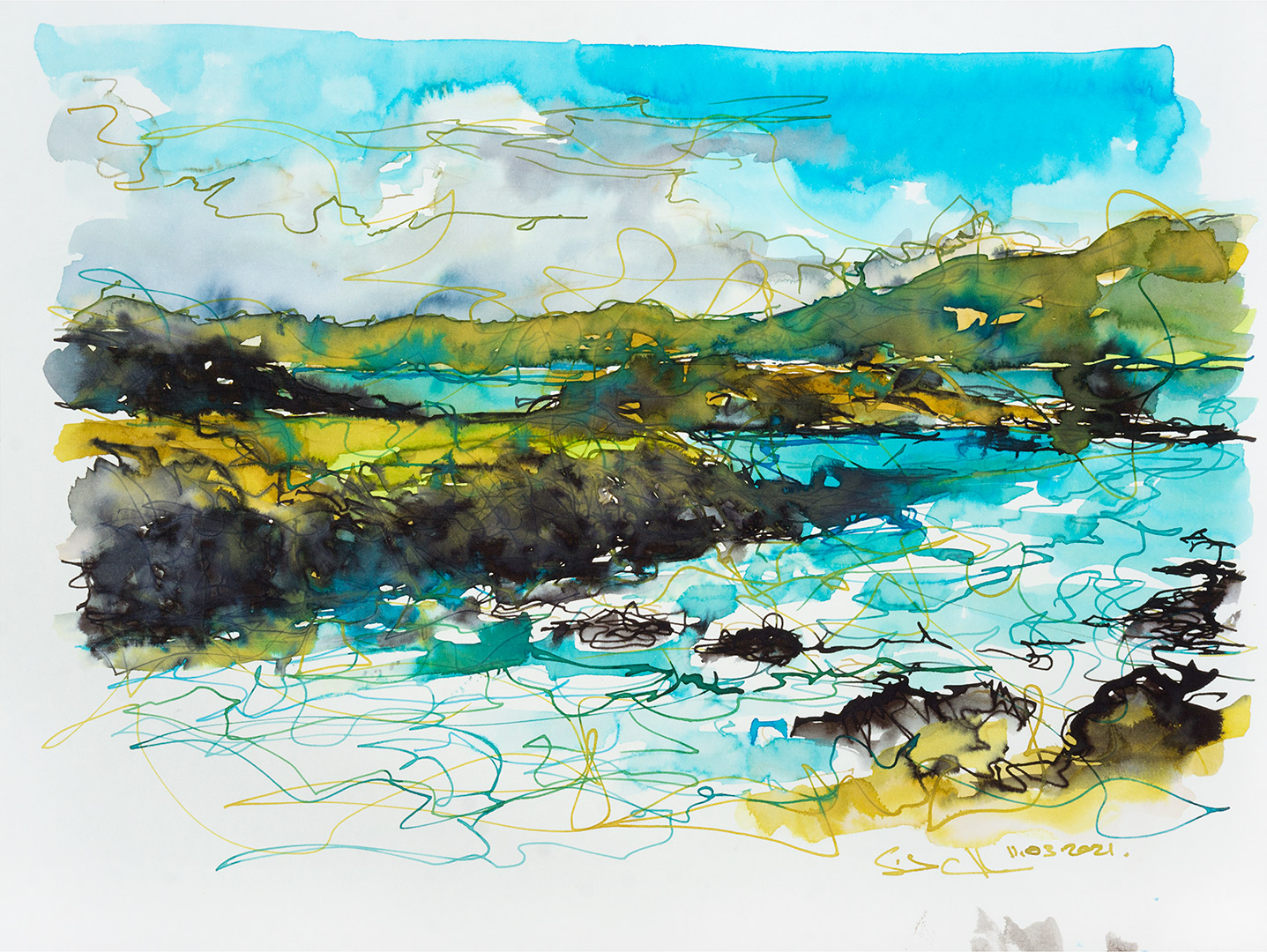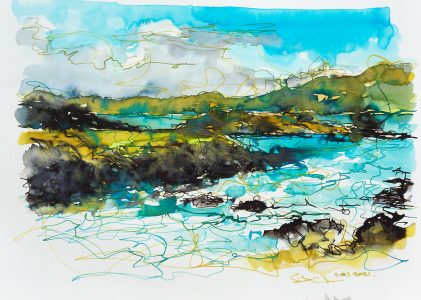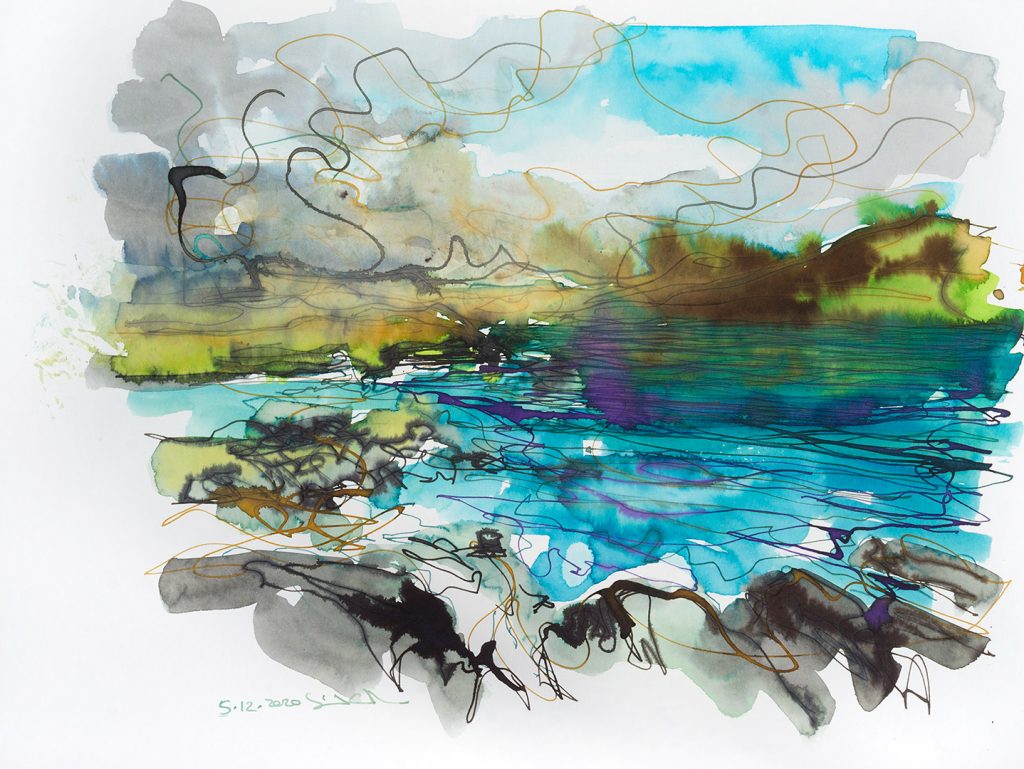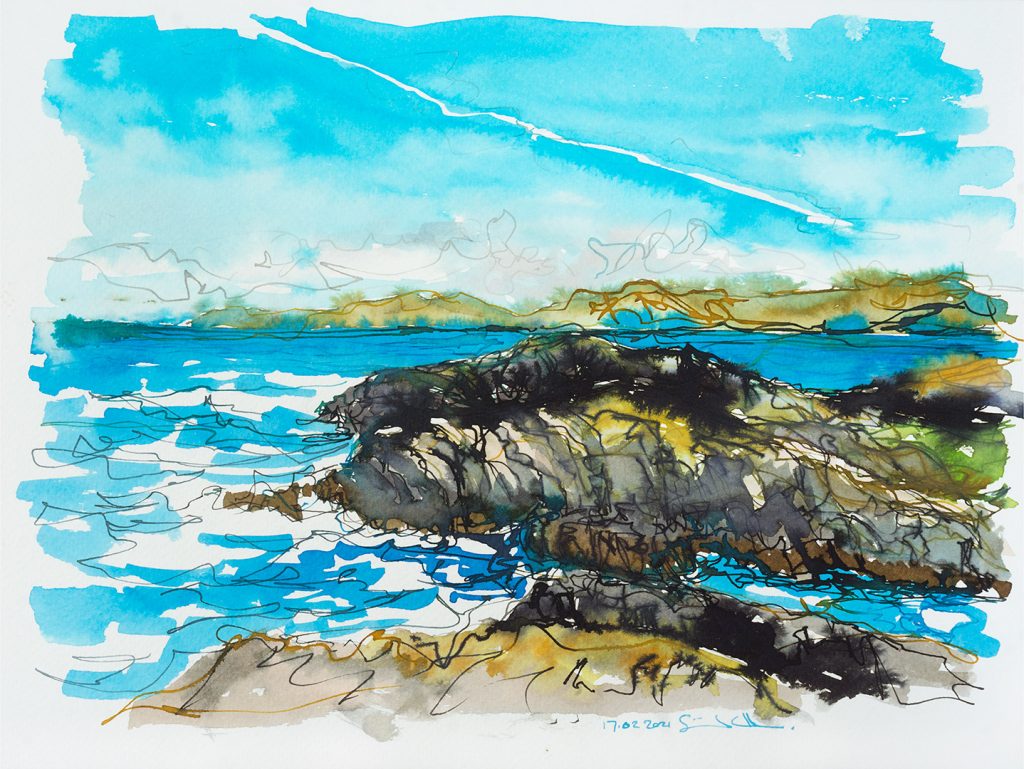We all know what creativity is, but its interesting that it can be described in so many different ways: it is known as the art and practice of bringing something new into the world through artistic and musical ability or, the process of seeing connections and patterns between different things, also it is the use of lateral thinking and a skill that some say we are just innately born with.
Most of us know and use the word creativity but actually as a concept, it was so difficult to describe, that since the time of the Greeks, who began pondering the phenomenon, there was no word to describe it. It wasn’t until 1929 that philosopher Alfred North Whitehead first used the word, and not until late 1948-1950 that the word became a household name through a book entitled ‘Your creative power’, published by Alex Osborne an advertising executive.
I have always been really fascinated with creativity: where it comes from, what that flash of inspiration actually is, how I feel when I create and how it has the capacity to support change in my life. Even as a child I believed that I wasn’t the one who was creating; I felt like a witness to my hands drawing, painting and designing or my body dancing. I feel that creativity is something that comes through me and that my job is to welcome it, allow it to happen and get out of its way.
And from witnessing our world for the last (almost) five decades I have been passionate about how we create overall positive change. I’ve been curious about how people overcome terrible trauma, how the Berlin Wall fell so easily and how we’re still finding plastic in our seas despite increased awareness of plastic pollution: how some things change so easily and others resist change.
I’m curious about how we learn to do simple things in new ways in our own lives like taking up exercise or growing our own vegetables, how we learn to listen to different sides of challenging issues in our communities or how we agree on new ways forward in our countries. I am curious about finding my part to play in positive change: in taking better care of myself, sharing inspiring information, learning new skills and playing my part in pioneering groups that are daring to do things differently. A lot of this can seem to be about personal motivation, politics, corporate power or interpersonal skills, so, what has creativity got to do with it?
Conditions for change
These two words: creativity and change have been popping up for me for years and years, like the words of one of those songs that you just can’t get out of your head. They conjure up images of creative scenarios: papers paint and brushes laid out in an artists studio, a garden in spring time, rolls of butter paper and soft pencils in a design studio, bowls if ingredients ready for the next recipe.
Within all of us lies the potential for change, but in order for it to be tapped (personally, interpersonally or globally) there needs to be the opportunity for it to take place. The process of creating sets the scene and provides the conditions for change: weaving together tools, materials and skills for seeing and engaging problems in new ways and for holding the very possibility of new outcomes.
Sense-making
Creativity gives us a way of understanding the world and our place in it through experience and expression. Creativity allows us to take perspective on things that we don’t yet fully understand. It allows us to stand back and see things in new ways and learn not just to understand what we see, but also to understand what is possible in the future.
Creativity allows us to make sense of the world, and it has a powerful quality of anchoring us in the present experience and at the same time allowing us new perspectives, letting us think outside of the box.
Take action
Life is movement: looking around all of life is growing, blooming, changing, dying, decomposing.. it is all in different phases and rhythms of flux and so are we. But there are times when we can feel overwhelmed and stuck; like there is no possibility of movement; no way forward. It can be disempowering and feel frustrating or hopeless.
Creativity gives us the tools to get unstuck: we move your body, move the pen, move your fingers on the piano or the keyboard, saw, knit, cut, chisel, dig: creativity is movement. Creativity gives us a starting point, the platform and the steps by which we can begin to investigate and explore. It is the process of experiential learning: we learn by doing, opening to making mistakes, re-iterating and always the possibility of something new.
Being with the unknown
“When you actually rest in not knowing, from that place something new and creative emerges. It just arises out of that quietness, stillness, and simplicity. Not knowing is a very creative place” Adyashanti *
To bring about change we need to do things in ways we have not done them before. But the self-preserving primal part of our brain has evolved to be hardwired for threats: change can be perceived as a threat, so we often resist it.
The creative process is not a comfortable one: we don’t know what the outcome is going to be. We live in buildings, listen to music or use so many items in our lives today: phones, computers, the internet that we take for granted, but you can be assured that the process of bringing them into being was filed with discomfort, failure and many iterations.
The creative process can involve holding apparently polar opposite ideas at once: problems that seem insurmountable. It requires patience and the tenacity to stay with what is not yet known. Creativity comes from no-where but we allow for the possibility of something new, and as we practice, we become more accustomed to this idea of dealing with the unknown. As we bring our awareness to this practice consciously we can learn to engage with challenging situations in new ways so creating a work-around for our cautious primal brain.
Connection
The creative process is a way of bringing us into connection with others and with life around us through iterative cycles of connecting, gaining understanding and re-connecting again in richer ways. Through connection we explore and through exploration we can find more connection and creative potential.
Honouring
I believe we are all creative and we each see the world in different ways. Creativity is a way of digesting your sense of the world, it is a way of understanding, processing and honouring our unique experience. Through our own creativity (making, singing, playing, writing, doodling) we allow ourselves to be a witness to our own experience and can open to allowing others to witness us.
Through history creativity has been a way of showing our respect, and honouring life, our communities and our future generations. Creativity is a way of honouring difference and diversity; it is a way of allowing us to embrace our shared humanity.
Body, heart and mind
We can get caught up in what we think and what the outcome should be: this can lead to impasses in our own lives, our work and in our communities. We did not evolve to rely on the brain alone to make decisions. Our culture of talking heads and the emphasis on the mind to solve problems is actually increasing stress.
When we are stressed we release cortisol and adrenaline, which are good for keeping us alert, but too much too often can lead to chronic stress. When we move and explore we engage our Brain-Gut connection, which in turn releases happy hormones such as endorphins dopamine and serotonin.
Creativity is not all about working out a problem. It also allows us to interpret with the body, heart and mind. It requires that sometimes we let go of our attachment to how we ‘think’ things should be and open instead to exploring to what else might be possible. Creativity allows for different learning styles and different approaches allowing for inclusion of diversity and difference. Engaging in creative activities with others we tap into the wisdom of the heart allowing us to foster empathy and compassion.
A better way of living
Through our collective creative processes we engage with the unknown, we form connections; we can learn to accept diversity and learn to listen. Creativity holds the potential for creating a shared vision for a future that no one person could imagine on their own.
All over the world there are examples of organisations that engage in processes that bring communities together to create change. Citizen’s assemblies are a process that bring representatives of communities together to explore important issues. (I recently watched The Best of enemies, a 2019 film based on true events that are an example of one of these processes used in a profoundly inspiring way). Architecture Sans Frontières uses participatory design processes to work with communities to co-design equitable cities. The Global Eco-Village Network ‘envisions a world of empowered citizens and communities, designing and implementing pathways to a regenerative future, while building bridges of hope and international solidarity’.
All of life is a process of change: some changes are imperceptible, but from day to day we see the changing tides, weather, seasons, we all change throughout our lives and our homes, towns cities and countryside are ever-changing. We live in a time of climate change, changing power dynamics, changing governing dynamics, changing technologies.
If we only ever use what we have already learned there would be no innovation, no engaged change. Creativity is change: it has been at the root of revolutions and wars, city designs and crime. It has been repressed and banned in cultures and by regimes throughout history. Creativity is a practice and a process requiring regular tending; it is this on-going evolving relationship that opens us up to taking steps and leaps into the unknown; it gives us means of engaging and learning, preparing and understanding.
Creativity is our birthright and it is neither a force for good or evil: we can decide what we want it to serve. I believe our creativity can change our world, for the better.
Engage your creativity and your heart, be courageous, explore, skill-up, find out what steps, however small, you can take to create the change you want to see in the world.
(*When I saw this quote it was attributed to Adyashanti, but I could not find any official source for it)



